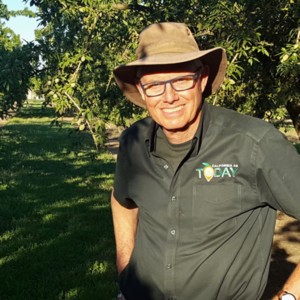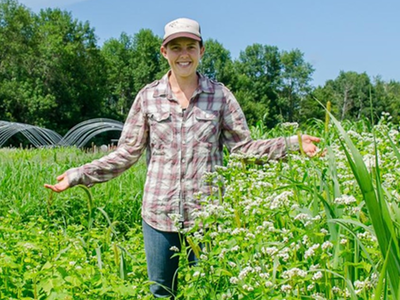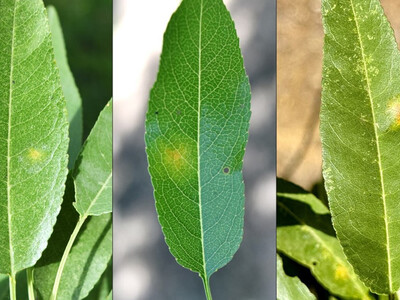Recycling Almond Orchards
Recycling almond trees in their own orchard can sequester carbon, save water and increase future crop yields, making it a sound choice for growers.Mae Culumber is a UCANR Nut Crop Advisor in Fresno County, and she is working or orchard recycling.
“When you recycled an orchard, you're putting anywhere between 45 to 80 tons of woody bio-mass back in the ground. And about 50% of that is carbon,” Culumber said.
“So we're interested in a couple of things with that one, but with a lot of interest in practices that we can do that can reduce our environmental footprint. Most all of that carbon would be lost to the atmosphere, if its just burned at the end of an orchard life, but by putting it in the ground, we're interested in trying to put a number on how much of that is stored in the ground,” she explained
“But another thing from a grower perspective, they want to replant almost right away into that same ground, another almond orchard, well, that really high carbon to nitrogen ratio in the soil, tends to make the nutrients unavailable for those new trees. So when growers started doing this early on they see problems with stunting,” Culumber said.
So Culumber is working on this. She’s looking at when to fertilize, when to add that extra fertilizer to prevent the stunting, the timing of the fertilizer and the rate.
“Like how would you do this differently than a conventionally planted orchard,” she said.

















